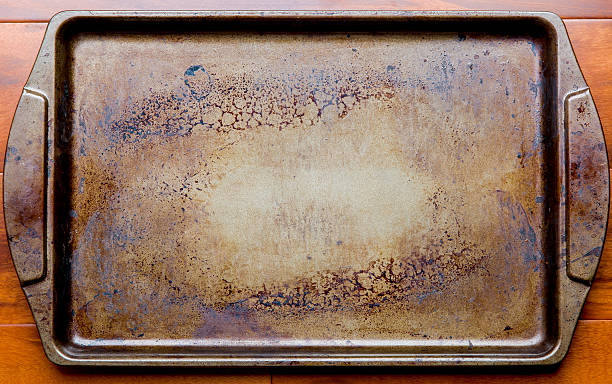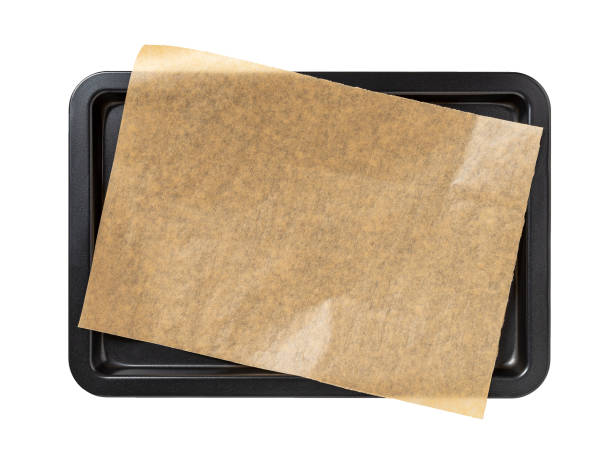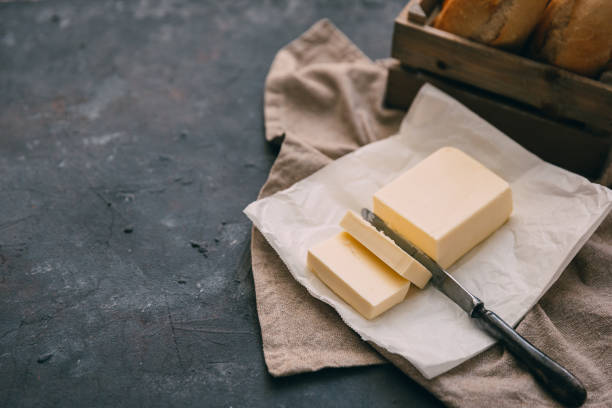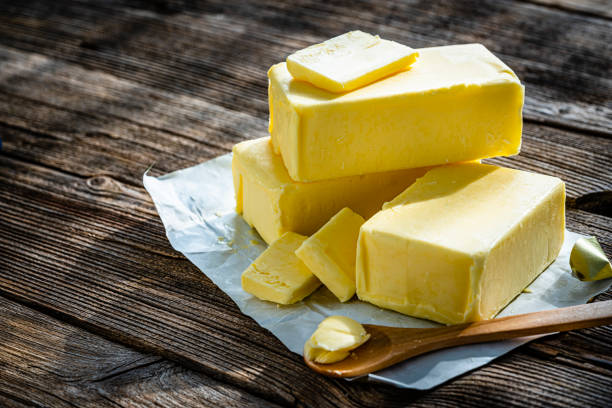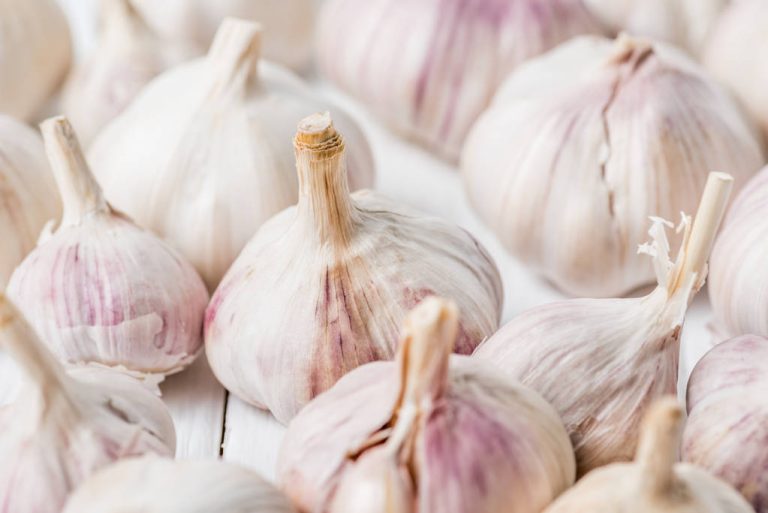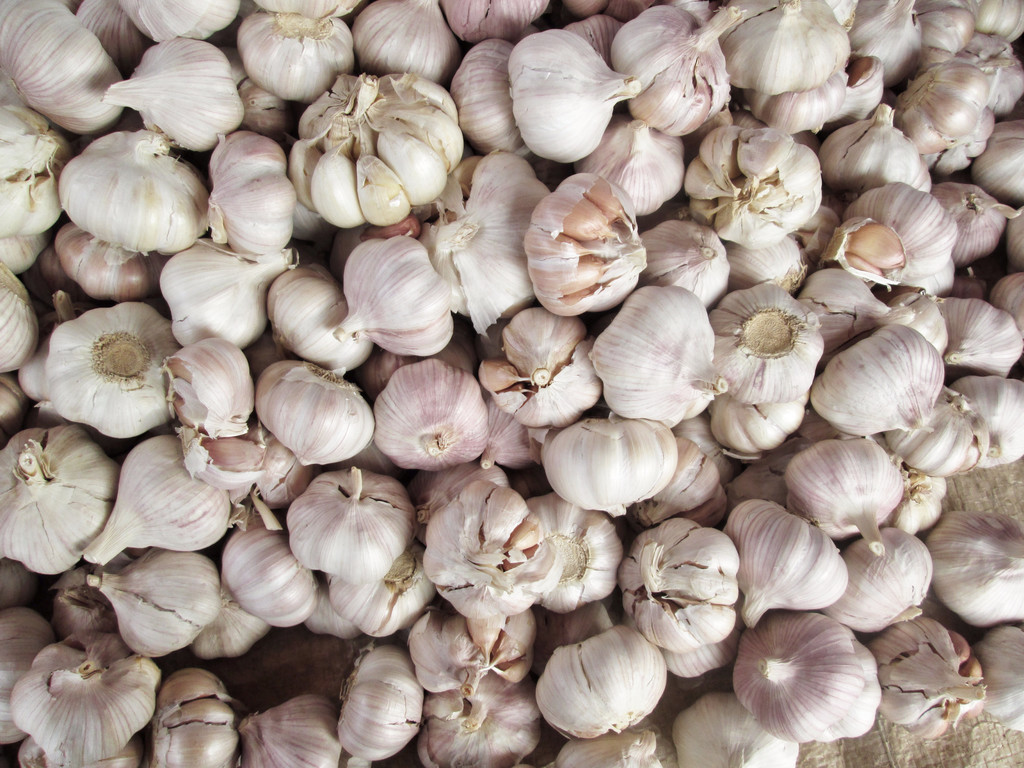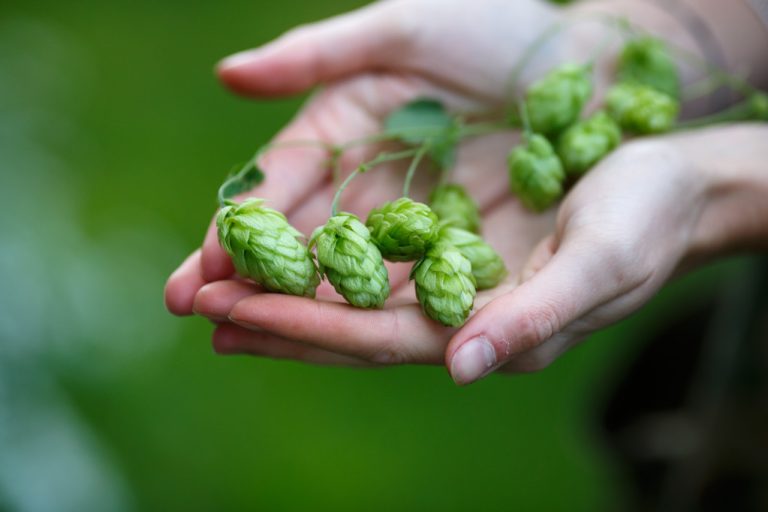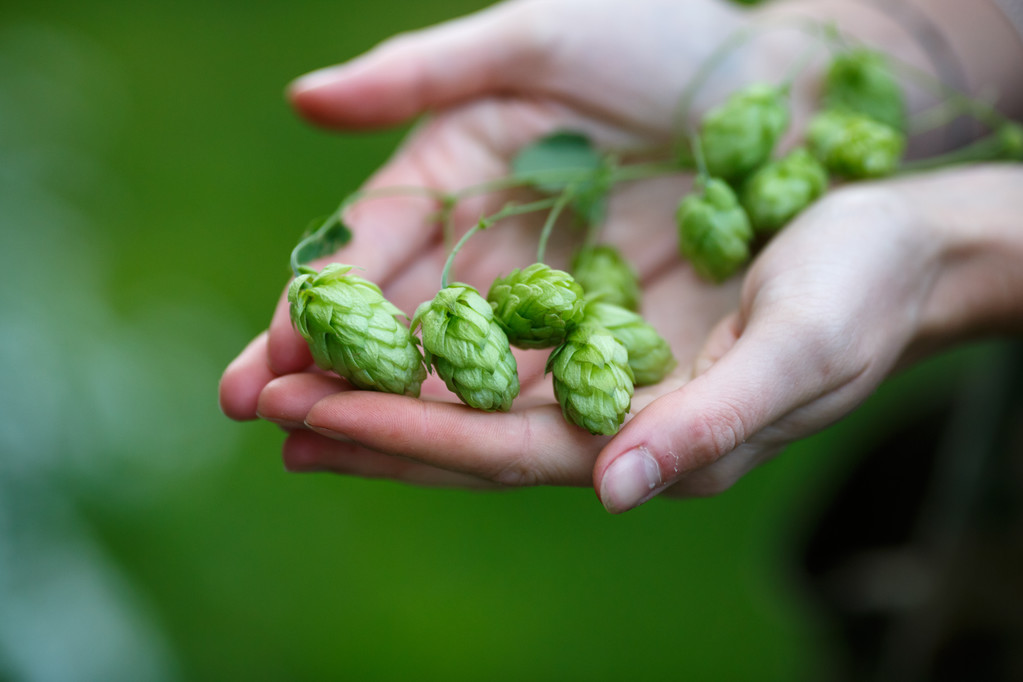Home remedies and tips for removing fat in the kitchen. Quickly and easily remove grease deposits from kitchen cupboards or kitchen furniture. Because even in the best kitchens, from time to time a film of grease can build up on the cupboards.
How to remove fat in the kitchen? The disgusting grease in the kitchen can be removed easily and in an environmentally friendly way with various home remedies. We show you the most effective home remedies for removing a greasy film in the kitchen. Because if you don’t get rid of the grease regularly, it will be difficult to remove later.
Home remedies for fat deposits in the kitchen
Various home remedies are suitable for cleaning and removing grease. These are especially good because they contain no chemicals. This allows you to gently clean your kitchen and remove the dirt layer of dust and grease with ease. You can also find most home remedies in your own kitchen. One more reason to use the following tools to remove kitchen grease.
1) Remove fat with baking soda
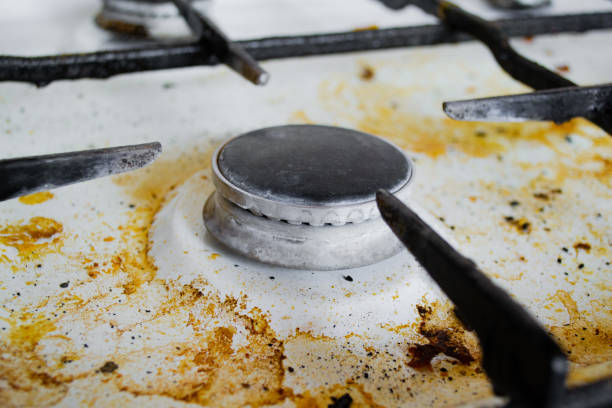
Everyone knows the problem with the greasy film in the kitchen. The use of effective baking powder is suitable for removing stubborn fat from the surfaces. Simply take some baking powder, about 2-3 teaspoons. Then sprinkle it onto a slightly damp sponge or rag. You can then use it to wipe down the cabinets and cabinet surfaces. Consequently, the dirt film is thus bound in the form of crumbs. And then you can easily remove the fat. Then wipe again with water.
2) Vinegar to remove fat
The miracle cure vinegar is often used. Vinegar is a useful home remedy. So it’s no wonder that it can also help you to get rid of the unwelcome layer of fat in the kitchen. Simply mix a little vinegar with the same amount of detergent. Then apply this mixture to the affected area and let it work for a moment. Then you can simply wipe the areas with water. You should be able to remove the fat with ease. Also, read how to remove stains from the mattress with vinegar.
3) Vegetable oil against fat deposits
You can also use vegetable oil to remove fat deposits in the kitchen. For example, use sunflower oil or use effective olive oil. Put a few drops on a sponge or rag. Then rub the greasy surfaces with it. This is how you dissolve the fat film. To remove the grease completely, you should then wipe it off with a little washing-up liquid and water. This method is great for removing greasy fingerprints.
4) Remove grease stains with gall soap
If you haven’t cleaned your kitchen of grease deposits for a long time, then you should start doing it quickly. Because the longer you wait, the more difficult it is to clean greasy surfaces. Gall soap is a cheap and environmentally friendly miracle product for removing grease in the kitchen. Accordingly, moisten the grease stain with water. Then rub the area properly with gall soap and let it take effect for a few minutes. Finally, you need to rinse the affected area with water. Also, note our tips for removing grease stains on wooden furniture and wood.
5) Remove the grease from the dishwasher tab
You can also use a dishwasher tab to help fight grease. This is also a clever way of removing kitchen grease. To do this, you have to put the tab in a spray bottle filled with water. Then you wait until it has completely dissolved. When the tab has dissolved, you can spray the greasy surfaces and cabinets with it. Leave it on for about 15 minutes. You can then wipe everything off with clear water and the greasy film should be removed. Also, read how you can cleverly remove grease stains and oil stains.
Prevent fat deposits
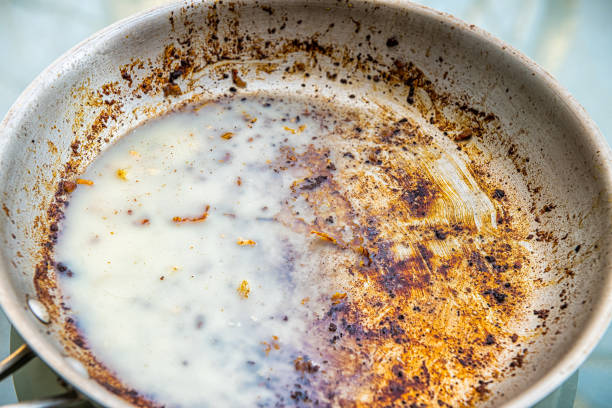
Grease deposits in the kitchen are a tiresome topic. And in the kitchen, greasy surfaces and cupboards are quickly covered with a film of grease. To avoid stubborn grease, you should clean your kitchen regularly. You should also clean and clean the ceramic hob immediately after cooking. Fat deposits don’t even stand a chance and you save time. Because once the fat has dried it is difficult to remove. You should also always line baking sheets with parchment paper. You can also equip your cupboards with newspapers. You should make sure that the paper lies tightly on the surface. Otherwise, it collects underneath.
Fat-dissolving products from the Internet
You can also use online degreasing household products to remove stubborn grease deposits in the kitchen. We have selected products for you, including environmentally friendly orange oil cleaners.



